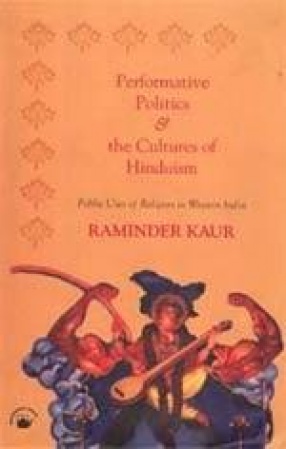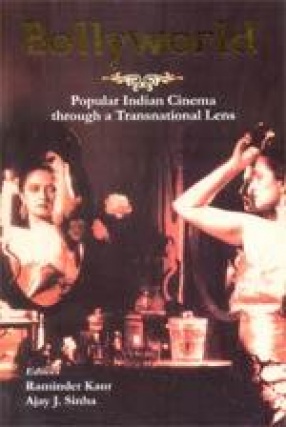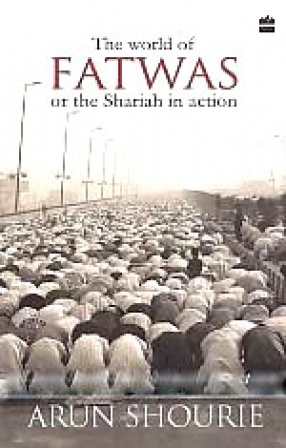The Ganapati utsava, a major festival of western India dedicated to the elephant-headed god, raises compelling questions about the interplay of religion, spectacle and cultural politics. In a book that spans a century of epochal history, Raminder Kaur considers how the public festival has been interwoven with everyday lives as well as the making of the modern Indian nation.
The festival was mobilised as a potential vehicle for political critique in the 1890s, pre-eminently by Bal Gangadhar Tilak. Its success lay in combining entertainment with veneration, which meant that the event could not be easily prohibited by the colonial state. While the success of the mobilisation is widely acknowledged as the work of Tilak, this study shows that other, less-known community leaders were active, if not pioneering, in the festival’s more public transformations.








There are no reviews yet.